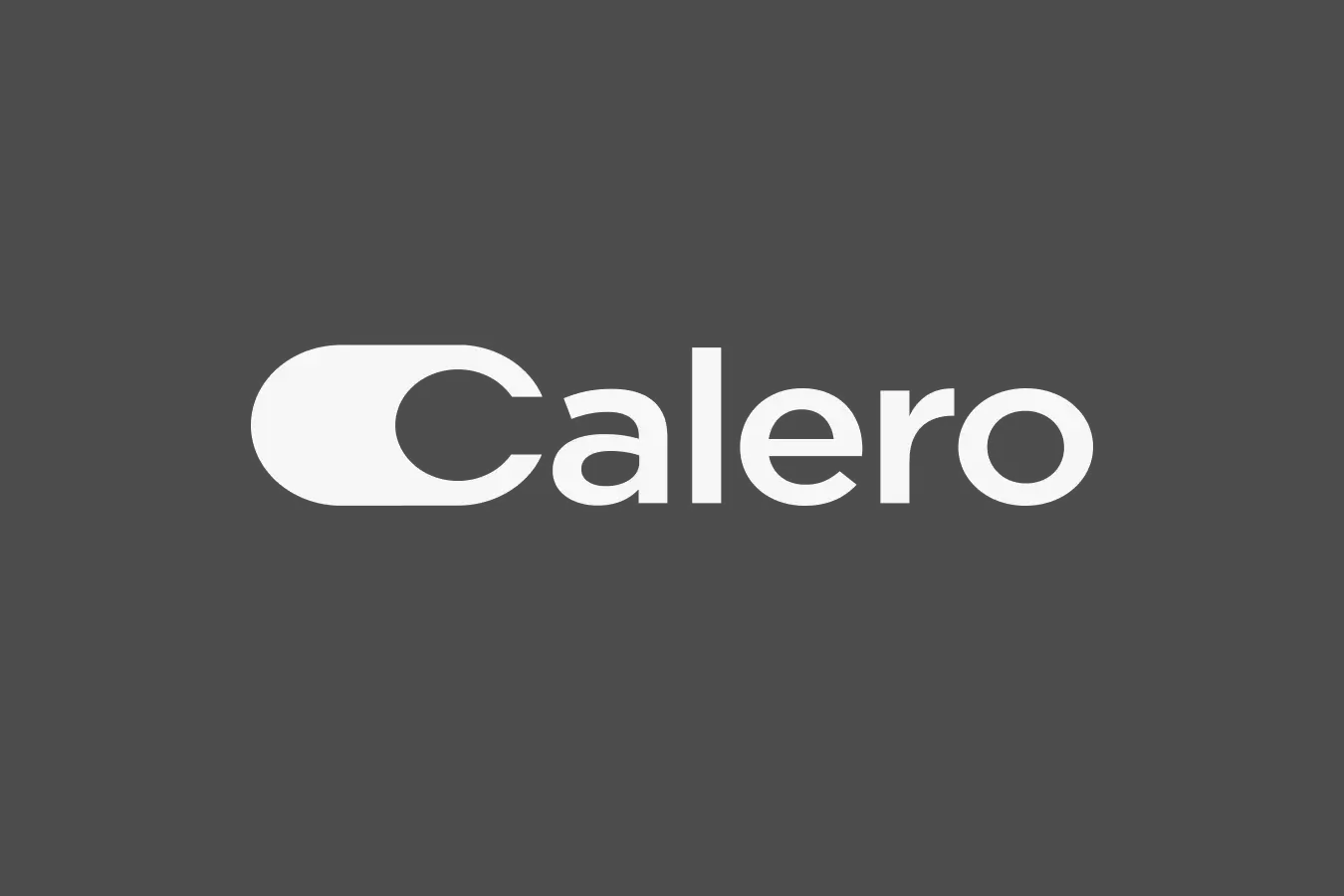Updated January 18, 2022
Telecom carriers offer little ability to customize the data structure of their telecom invoices. For the most part, invoice reports are architected from the carrier’s perspective (i.e., with emphasis on what needs to be paid). This structure is primarily due to regulatory and compliance standards around USOC (Universal Service Ordering Code), tariffs, rates, service types and products and automated Electronic Data Interchange (EDI). As a result, organizations must create workarounds that programmatically correlate the only customer-defined field in the invoice (i.e., the subaccount) with the appropriate cost center owner. They must also augment other information in the invoice feed to ensure the expenses are properly allocated in accordance to the current cost center assignments.
However, when it comes to the highly competitive and non-regulated world of cloud services, cloud service providers (CSPs), offer an abundance of flexible customer-definable metadata options through the use of “Tags” that can support the following four dimensions of business insight for more effective expense management:
- Financial – resource contact information relative to administration, ownership and cost. This information can provide multi-dimensional insight into the cost of all cloud services by supplier, location, owner and configuration, along with ability to benchmark utilization against contractual entitlements and other obligations.
- Operations – instructions relative to the business requirements related to uptime, critical support tasks, backup, recovery and retention. This type of metadata information can provide insight into the status and configuration of all provisioned services, as well as understanding the inter-relationships of all services to prevent orphaned services.
- Applications –essential asset and software configuration information which can help manage and track the access, feature assignments and usage by each user, in addition to providing values that govern the cyclical operating requirements for each application (i.e., monthly reporting cycles)
- Compliance – information to help identify and categorize the sensitivity and confidentiality of information to support audit requirements. This can also help with establishing an audit trail for validating appropriate cost allocation and facilitating automated risk assessments.
The Top Five Values of an Effective Tagging Scheme
Tags provide contextual information to enable timely and accurate decisions. Intuitive near-time self-service visibility across the entire organization is paramount to effective and efficient service-based expense management. This is especially true considering that almost all of the activations and changes to cloud services are completed independent of any type of coordination with a central IT service unit. A summary of the most substantial values an organization can derive from architecting an effective enterprise taxonomy framework include:
- Enable consistent Role Based Access Control (RBAC) granular transparency and intuitive analysis of services across all CSPs.
- Automate accountability for ephemeral-based cloud services which may be activated, changed and quickly decommissioned by the owning cost center independent of any involvement by IT.
- Provide cost center stakeholders sufficient data to formulate more accurate forecasts and benchmark consumption for specific business service funded activities.
- Allow the centralized cloud expense management platform to provide cost center stakeholders near-time high-fidelity fact-based recommendations within their secure portal to reduce spend and prevent unnecessary overspend.
- Facilitate actionable insight to help the Cloud Center of Excellence (CCoE) team collaboratively lead a sustainable cost optimization program via intuitive insight to help:
- Right size reservation commitments on behalf of the entire enterprise.
- Optimize configurations of active cloud services (i.e., automate horizontal augmentation to support cyclic bursts like monthly production cycles).
- Provide insight to make sure cloud services are decommissioned within a timely manner.
Two Sides of the Enterprise Taxonomy Framework
The diagram below illustrates how a cloud expense management platform can enable multi-dimensional RBAC analysis of costs and operations by unifying corporate data with enriched data across all suppliers, including traditional telecommunication providers and CSPs. The key to architecting an effective enterprise taxonomy framework includes institutionalizing:
- SUPPLIER DATA: a global metadata framework across all CSPs that follows the best practices, such as the ones outlined in the recent Gartner publication by Marco Meinardi – “Implementing a Tagging Strategy for Cloud IaaS and PaaS” and
- CORPORATE DATA: categorizing all technology services within the six pillars of the Technology Business Management (TBM) framework as promoted by the Technology Business Management Council.
Guidelines for Architecting an Enterprise CMDB
An effective enterprise CMDB architecture that encompasses (1) a universal Tagging framework across all CSPs and (2) a global hierarchical taxonomy of the six pillars of IT services defined by the TBM framework will become a strategic gold mine to enable automated actionable insight. Some best practice recommendations include:
- Classify each potential consumable CSP service catalog offering within the TBM taxonomy.
- Establish universal formats and a global Tagging framework that will work across all CSPs.
- Automatically incorporating the value for each Tag and TBM labeled field within the Service Request form and/or utilize a programmatic tagging solution via script or API to reduce the chances for errors and inconsistency.
- Deny the provisioning of the CSP resources unless the Service Request form incorporates the required field values for corporate-defined tags.
- Define Tags which track values that do not change and will not require maintenance.
- Optimize the use of Tags since each Tag represents a maintenance obligation.
- Do not replicate information already included in CSP data feeds.
- Establish an automated auditing process to monitor and govern compliance of Tags.
- Programmatically audit tags and trigger remediation procedures such as:
- Temporarily halt services that are not in compliance due to provisioning of the CSP service outside the automated corporate service request process.
- Notification alerts to the CCoE and owning agency.
- Periodically review and refresh Tagging strategy – definitions, evolution, enforcement and compliance requirements.
Enterprise Taxonomy – Final Thoughts
Marco Meinardi’s article outlines the following common reasons why tagging initiatives fail:
- High management complexity
- Low perceived value
- Low maturity of the provider’s native capability and management tools
The CCoE must collaborate with the cost centers to implement an enterprise taxonomy framework that addresses these fundamental challenges. Some recommendations to overcome these challenges include:
- Follow the best practice recommendations outlined above and clarified in both the Gartner article and by the TBM Council.
- Leverage tools to simplify and streamline.
- Wherever possible, automate the assignment of Tags.
- Be precise with tag titles and diligent about ensuring consistency across all CSPs.
- Architect a portfolio of BI Guided Analytic applications that enable analysis for each standard dimension of the corporate CMDB framework.
In the next publication of this blog series, we will outline recommendations and guidelines to help you implement an effective cloud expense management program. In case you missed our previous blog, about “How Stakeholders Derive Value from an Effective Cloud Expense Management Program,” you can still check it out here. Contact the Calero team of expense management experts to explore solutions that fit the unique needs of your business.



